hackberry tree leaves turning brown
Sep 20 2016 0328 PM CDT. It is also known as the nettletree sugarberry beaverwood northern hackberry and American hackberry.
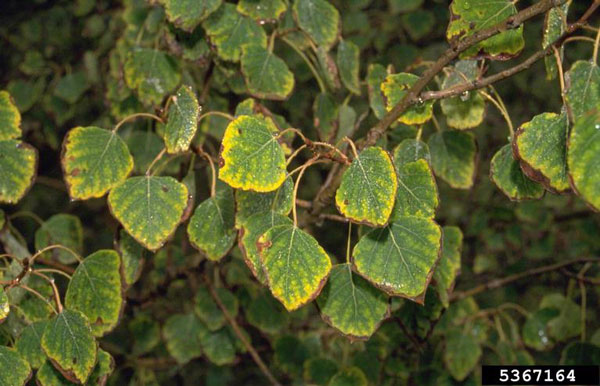
What S Wrong With My Plant Garden University Of Minnesota Extension
Hackberry have distinct gray or light brown bark smooth with corky.
. There are yellow discolorations on upper leaf surface above the nipple galls. Its fleshy purple-brown berries ripen in late summer and persist through winter. There are tiny black winged bugs with tinier babies all over the inside of the leaf.
Keep reading to find out how to grow care for and even propagate your Hackberry tree. Sunken dark brown area on branch that is often cracked or has a ridge at the edge. The Hackberry twigs are characteristically zigzaggy with no terminal bud.
This black sticky substance covers. The leaves of the hackberry tree are shaped like hearts and they can be either green or yellow in color. Circular nipple-like swellings that project from the undersides.
The symptoms appear to have followed this progression. Premature leaf drop can occur during heavy infestations. Dead branches and twigs often first observed in early spring when no leaves form.
Adults are light brown with flecks of creamish-white and look like miniature cicadas. The leaves are about 2 to 4 inches long and at full growth are bright green rough above and paler green beneath. The persistent fruits attract many birds that also find the tree to be a suitable nesting site.
Before doing this dig down into the soil to evaluate how dry it is. Brown leaves are often related to over-exposure to the sun commonly known as leaf scorch This can be aggravated by problems such as lack of water too much fertilizer damage to roots and exposure to strong wind all of which can stress the tree and leave it vulnerable to the sun. The netleaf hackberry is a small deciduous tree with brownish-gray bark lance-shaped leaves small clusters of flowers and reddish-brown to purple berries.
During spring and summer the females will reproduce asexually. Leaves failed to develop normally so the leaves are ragged or uneven in appearance with small irregular strips of. The leaves dried out turned brown and then dropped.
Another key feature of the hackberry is its bark -- the young bark is smooth and light greyish-brown in colour and matures into a darker greyish-brown colour with corky irregular ridges and a warty texture. WKRN If you have hackberry trees in your yard you might have noticed a black sticky substance coating your car and other objects. Raised cushion-like bumps on affected branches may be cream to orange or red turn black with age.
The hackberry tree is a weedy messy tree that youll want to refrain from planting in your yard. If leaves turn brown prematurely fall or change color we often want to water more. Winged forms may also be observed and wings have obvious black markings on them.
This heat-loving and sun-loving tree grows between 20 and 30 ft. 13 to 12 inch berry-like fruit called drupes that change from green to purple or reddish-brown in autumn. The fall leaves pigment is susceptible to sunlight.
18th to 316th long. If falling leaves are well distributed throughout the tree and result in a general thinning of the leaves the problem is not serious. Fall color is yellow.
The browning of the hackberry Celtis occidentalis leaves is probably due to lace bugs. Hackberry and Sugarberry the Louisiana version have a fleshy globose drupe 14 to 38 inch in diameter turning reddish to dark purple when ripe and edible. It is a moderately long-lived hardwood with a light-colored wood yellowish gray to light brown with yellow streaks.
The leaves are turning brown and are falling down a lot in the last weekThe leaves have the whitish wart-like bumps on the underside and they also have black tiny dots covering the leaf. While leaves changing color in the fall are dying they are not dead. Best soil properties for common hackberry Sandy loams to clay soils.
And just like your other. Adults are light brown with flecks of creamish-white and look like miniature cicadas. Over-Exposure to Sun.
This tree is home to many insects and diseases which will put your family at risk. The hackberry tree is a deciduous tree that grows in North America. Leaf margins are serrate and may be somewhat pubescent hairy below.
Full sun to partial sun. 2 12- to 4-inch dark green leaves. Also known as American hackberry common hackberry Celtis occidentalis is a fast-growing member of the elm family.
Summary from Wikipedia 15. The hackberry trees leaves change color in the fall turning yellow before falling off of the tree. A cold snap will kill the leaves the same as it will on the leaves of most your other plants.
The Hackberry is a sturdy tolerant shade tree for streets and parkways or parks and other large areas. The tree may produce yellow leaves scattered throughout the canopy of the tree all the leaves on a tree may turn yellow and drop or the leaves may turn brown but stick to the branches. Celtis occidentalis commonly known as the common hackberry is a large deciduous tree native to North America.
Or wilting soon after leaves emerge in spring. My Hackberry tree appears to have 2 diseases going on. Hackberry nipple gallPachypsylla celtidismamma.
Lace bugs are sap feeding insects commonly found on the leaves of shade and ornamental trees in Iowa. Oddly drought stress and over irrigation both show symptoms of dry leaves. It has branches that grow close to the ground and it has leaves that are shaped like hearts.
The small 2 to 6 inch long green stems of new growth fell as well. If it is already moist adding more water could kill the tree because the roots rot and the tree cant take up water. This tree is deciduous shedding its leaves seasonally and also its petals right after blooming.
Potential hackberry growers should also know that a condition known as hackberry nipple gall is among the most common disease to infect these trees -- it will cause both raised bumps on the leaves as well as discoloration. It is a cork like bark light brown or silvery gray smooth for the most part but often with rough wart like protuberances. Youll recognize the hackberry from a distance by its light gray warty bark on massive trunks.
Celtis occidentalis otherwise known in cultivation as the common Hackberry is a species of trees in the Cannabaceae family. 6 10 m high. Trees most commonly affected are hackberry sycamore and oak.
Adult lace bugs have attractive wings that are beautifully sculptured with an intricate pattern of veins resembling. The wood is light yellow heavy soft coarse grained and not strong. The hackberry tree can grow up to 20 meters tall and its bark is light brown in color.

Hackberry Tree Guide How To Grow Care For Celtis Occidentalis

Northern Hackberry Real Paleo Food Four Season Foraging
Celtis Occidentalis Hackberry Minnesota Wildflowers

Northern Hackberry Real Paleo Food Four Season Foraging
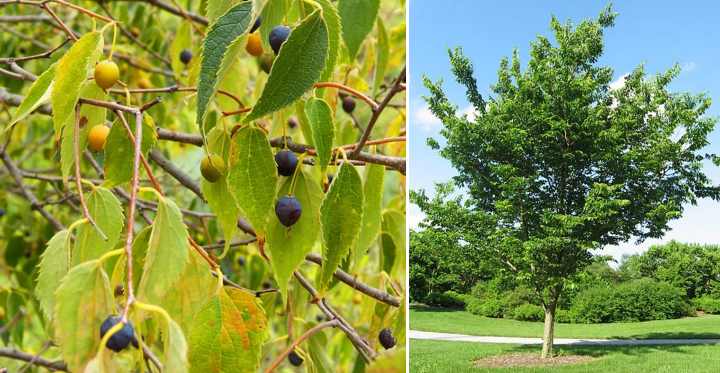
Hackberry Trees Celtis Common Types Leaves Bark Fruit Pictures Identification
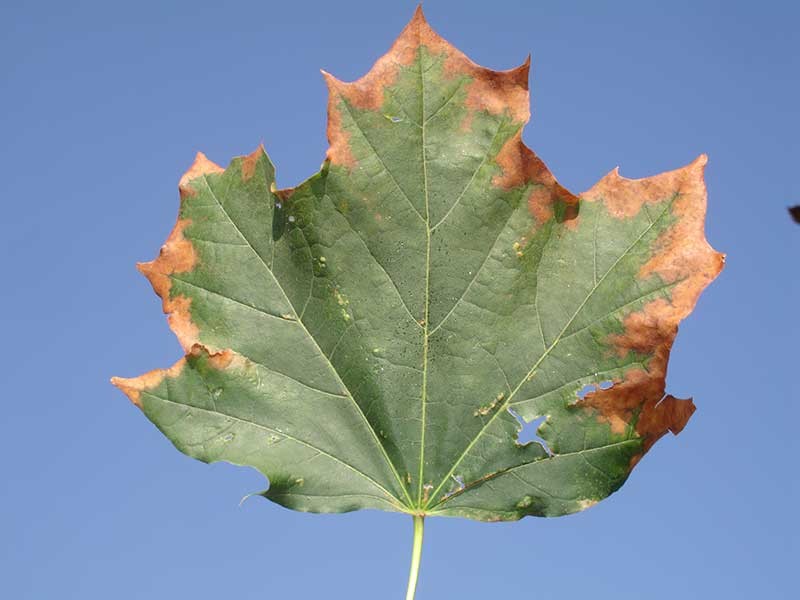
Ask An Expert Why Are My Leaves Turning Brown
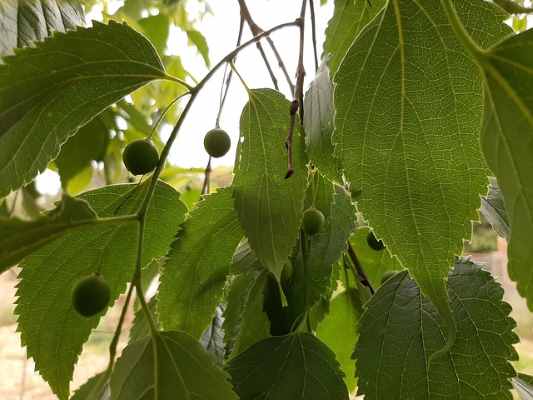
Hackberry Trees Celtis Common Types Leaves Bark Fruit Pictures Identification
Celtis Occidentalis Hackberry Minnesota Wildflowers
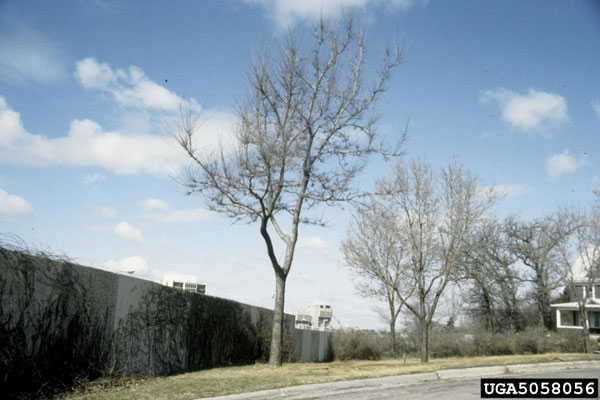
What S Wrong With My Plant Garden University Of Minnesota Extension
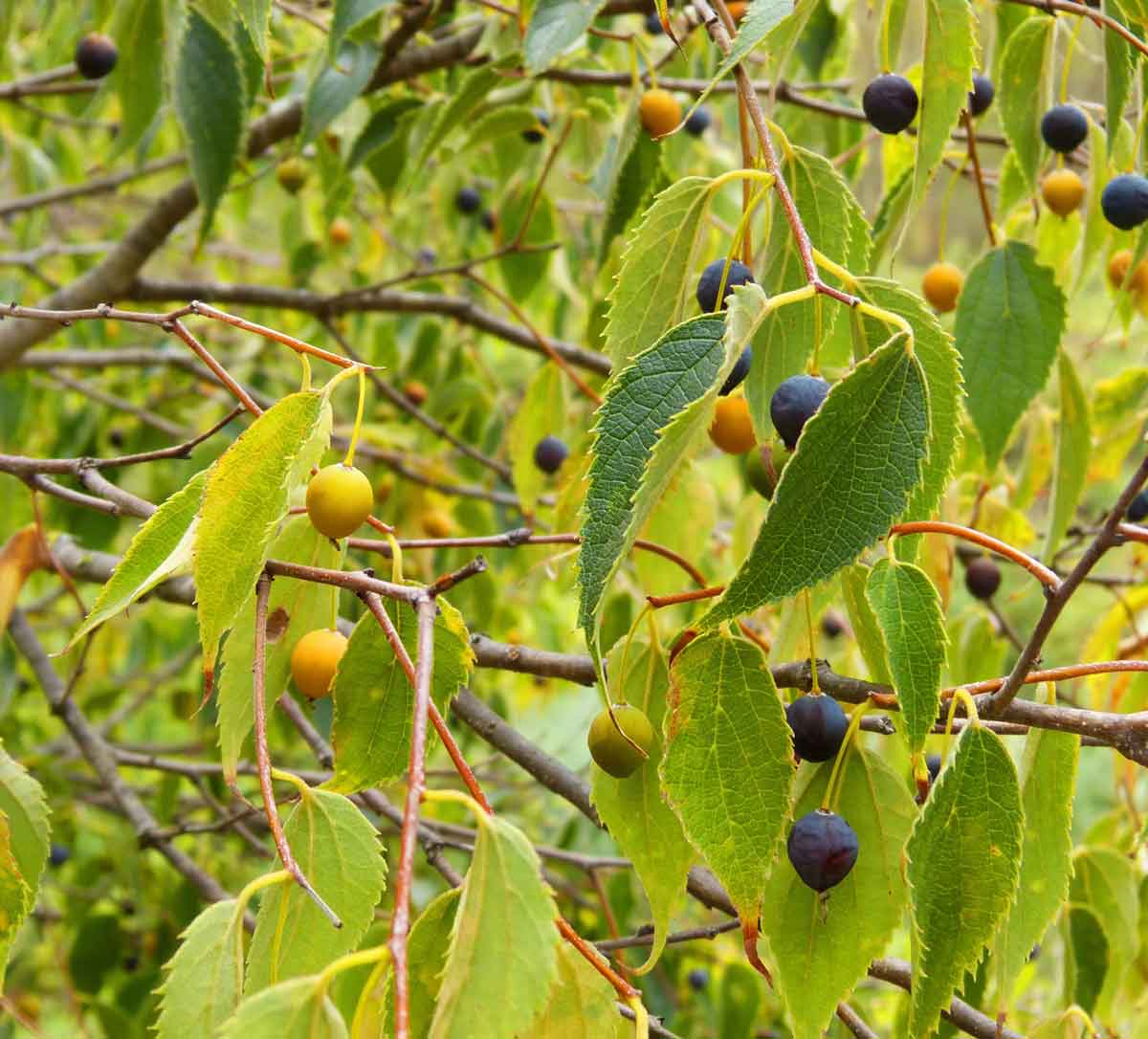
Hackberry Celtis Occidentalis Learning Stations At Ariel Foundation Park
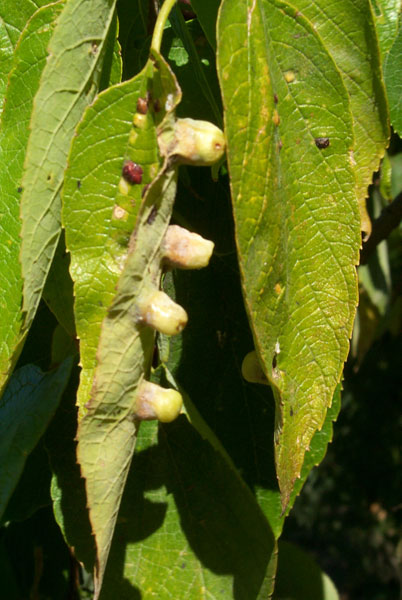
What S Wrong With My Plant Garden University Of Minnesota Extension

What S Wrong With My Plant Garden University Of Minnesota Extension
Common Hackberry Celtis Occidentalis

Hackberry Tree Guide How To Grow Care For Celtis Occidentalis

What S Wrong With My Plant Garden University Of Minnesota Extension
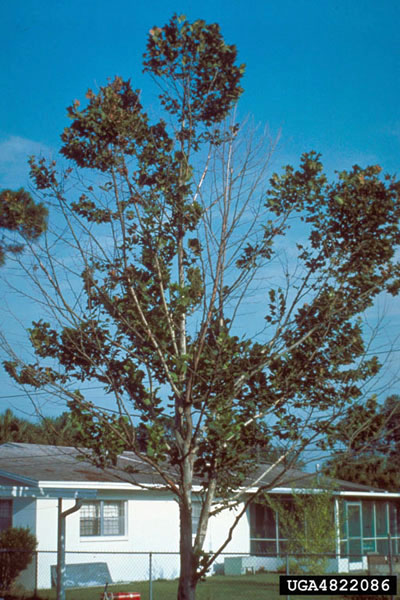
What S Wrong With My Plant Garden University Of Minnesota Extension
Common Hackberry Celtis Occidentalis
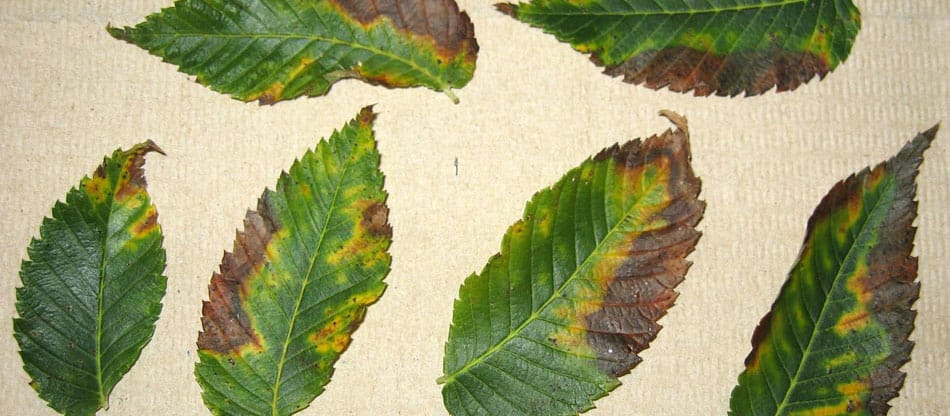
Brown Dying Or Scorched Tree Leaves Bacterial Leaf Scorch Faqs Organic Plant Care Llc Flemington Nj
